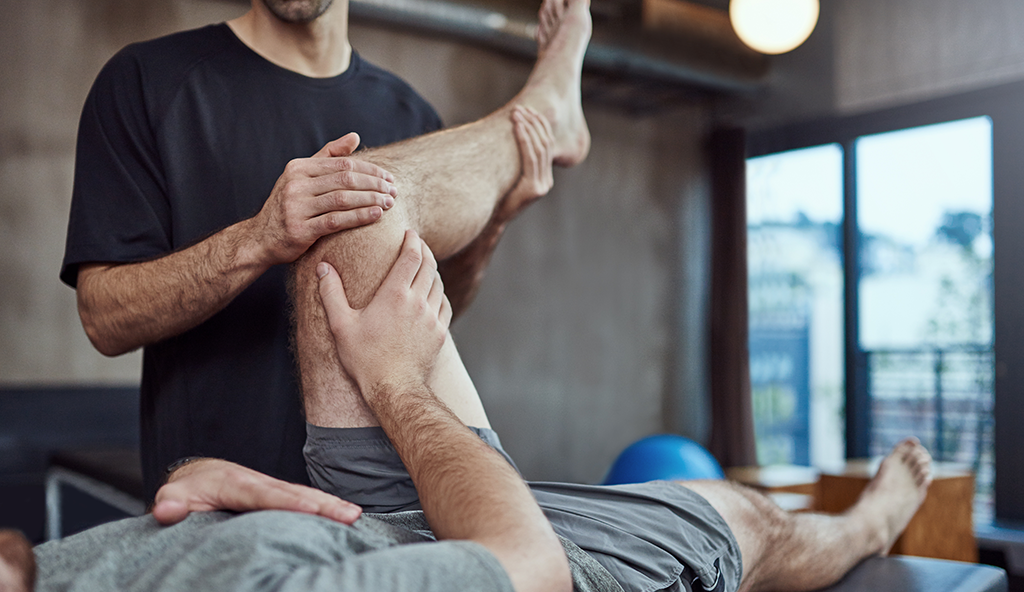Platelet-rich plasma a growth factor/cytokine therapy. It involves the isolation of platelets from a patient’s own blood and placing it at a given location. Platelets are found in our blood.
They contain growth factors and other signaling molecules which are instrumental in the body’s normal healing response. Growth factors and cytokines are proteins which signal cells in our body. These molecules tell our body to grow or stimulate our body to heal in scenarios. When you have an injury, such as a cut on your skin, platelets are some of the first responders to arrive on the scene to stop the bleeding and stimulate other cells in your body to begin the healing process. Platelet-rich plasma is a tissue product that is made from a patient’s own blood; it is an autograft tissue.
Blood contains red blood cells, white blood cells, and platelets. These elements are suspended in a fluid called plasma. Platelet-rich plasma is made by first taking a small amount of blood from the blood stream. The blood is placed into a device that spins, also known as a centrifuge. The centrifuge separates the blood into layers through spinning. The layer including plasma and platelets is captured. This solution can then be placed at a site where healing or a response of the body is desired.
A complete evaluation of an injury or condition is necessary before Dr Anz can decide if PRP therapy is a consideration for treatment. If it is determined to be an option, the PRP therapy procedure will be scheduled, potentially on the day of evaluation or at a later date.

PRP may not provide instant relief for the patient, as treatment with PRP seeks to improve the biology of healing or reduce inflammation related to a mechanical issue. During the procedure, Dr. Anz will inject the PRP solution into the injured area. In certain scenarios, PRP is used to augment a surgical procedure. Dr. Anz will discuss the benefits of using PRP in a given surgical procedure if it will improve the result after surgery.
—
For additional information, or if you would like to schedule an appointment with Dr. Adam W. Anz, orthopedic surgeon and sports medicine specialist, please contact his Gulf Breeze, FL office today.




